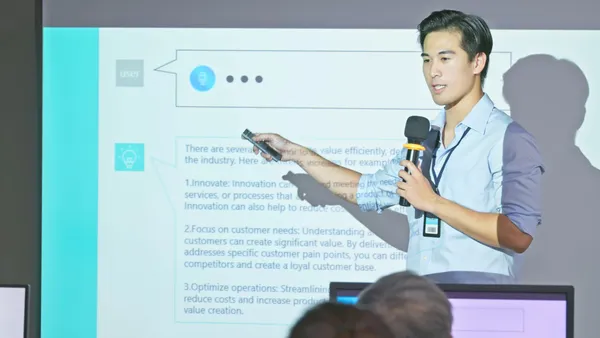Dive Brief:
- According to an Associated Press census data analysis reported in Education Week, around 18% (nearly 3 million) of U.S. students have no home internet access, and 17% lack access to home computers, impacting their ability to complete homework assigned in increasingly digital classroom environments.
- The resulting homework gap has a negative impact on these students, as their peers who are connected to internet at home regularly outscore them on math, reading and science tests. The lack of home internet also adds to the many educational achievement barriers minority and low-income students face.
- Schools are coming up with creative ways to ease the struggle by offering programs like after-school dinner times that allow students to stay at school and use on-site technology to finish homework. Some teachers also give students time to work on assignments in class if an internet connection is required.
Dive Insight:
In an effort to close the homework gap, districts are getting creative in their efforts to make sure all students have the internet access they need to be successful in school. For example, California's Coachella Valley Unified School District equipped buses with WiFi and parked them in neighborhoods so students could have home access.
Similarly in Northeastern Michigan, Microsoft is working with internet service provider Allband Communications to put equipment on buses that harness TV white space (TVWS) to provide an internet connection. TVWS can deliver broadband internet over broadcast signals that are no longer in use, with a reach up to 18 miles, according to the WhiteSpace Alliance.
In the Seattle area, Kent School District installed WiFi kiosks in community centers near public housing, and in rural Iowa, Winterset Community Schools made alliances with local businesses that allowed students to come into their shops and use their Internet free of charge.
Though these approaches are a good start, there are still millions of students without connection at home. The Consortium for School Networking finds most districts have no plan to give students access to the internet when they are at home. For those lacking the resources to do so, forging community partnerships can help fill the gap. The issue also continues to have champions in high places, with FCC Commissioner Jessica Rosenworcel, for instance, having advocated for the potential use of E-rate funds to fill the gap.






 Dive Awards
Dive Awards






